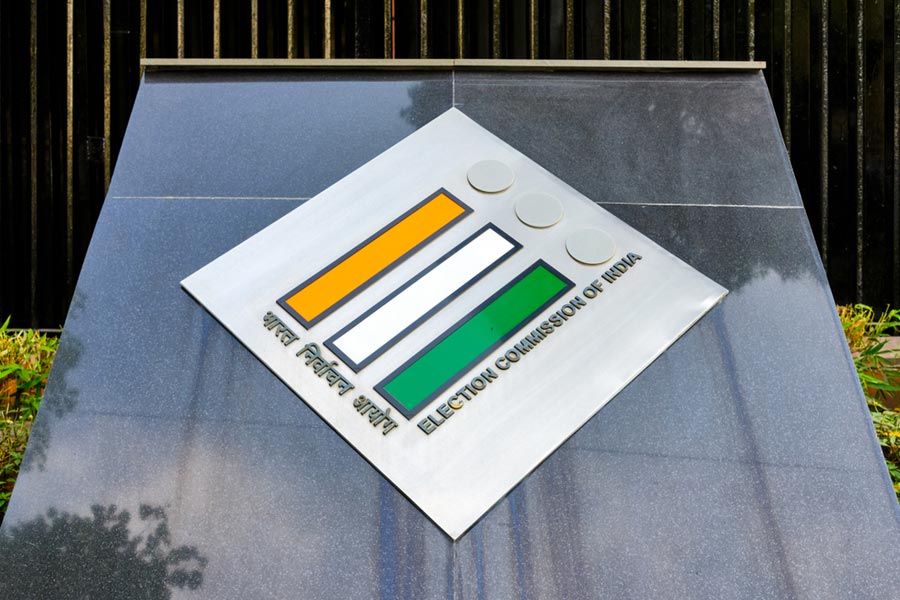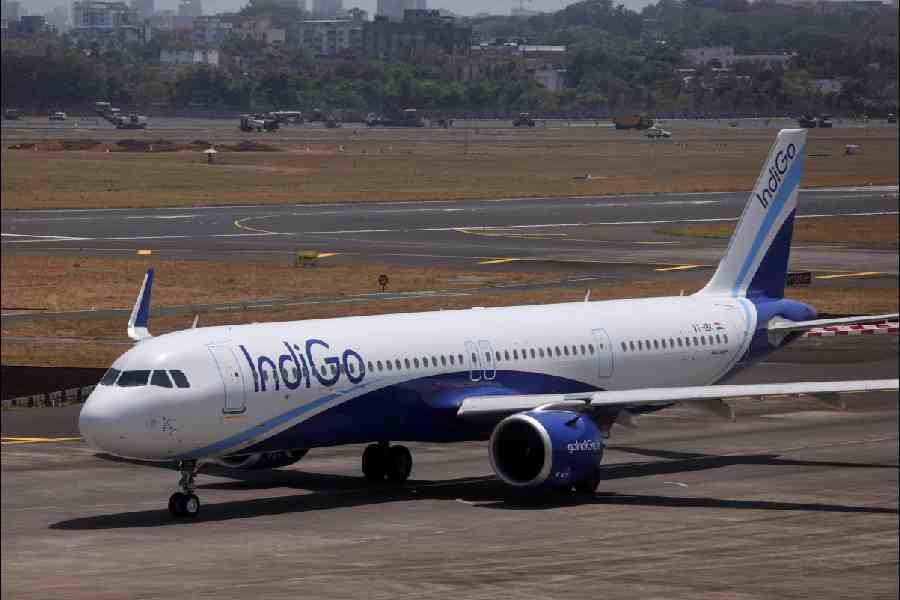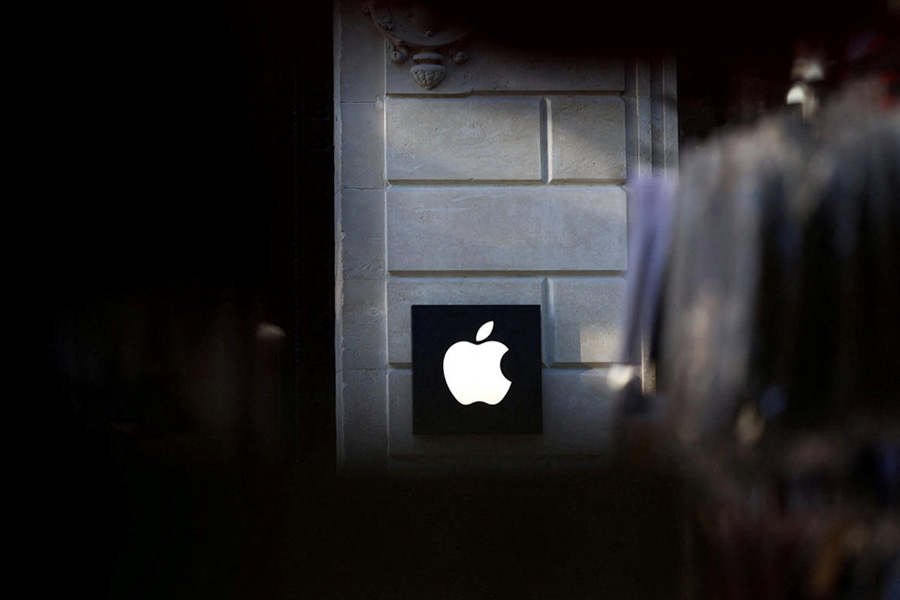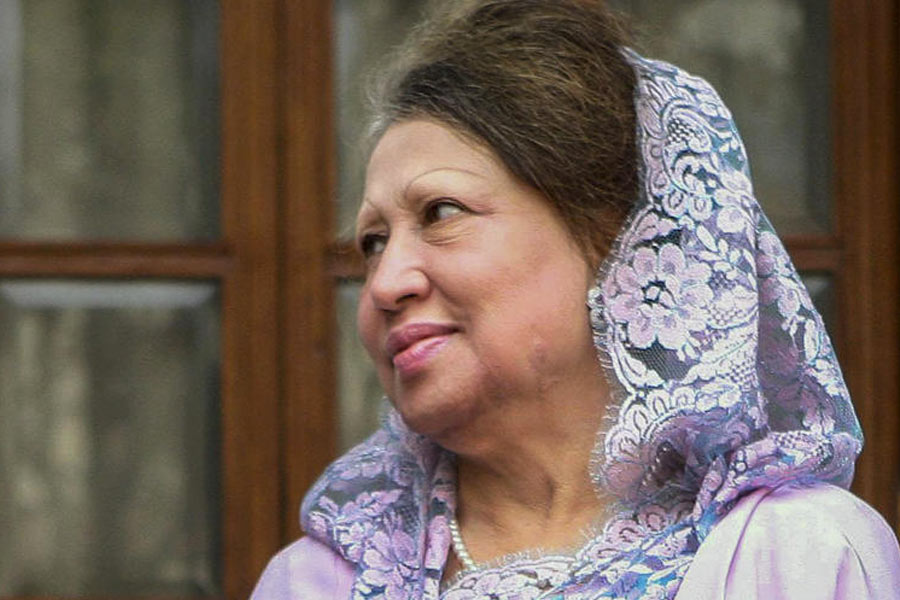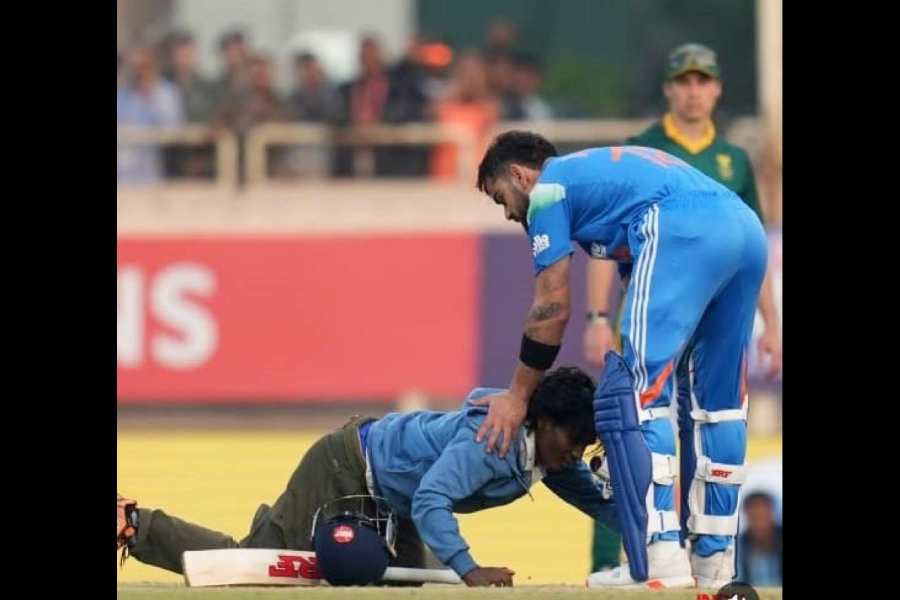 |
| Now showing: Stills from Yahaan Main Ghar Ghar Kheli, Lift Kara De and Tere Mere Beech Mein |
It’s a typical Barjatya presentation. The family is all there, as are those magnificent settings. The story revolves around love and sacrifice — the twin themes that mark a Barjatya film. But the viewers are not sitting in a multiplex, eating popcorn and shedding tears. They are at home — watching television, and shedding tears.
All those who thought that the telly was Bollywood’s really, really poor cousin had better think again. It’s raining stars on television. Cine stars aren’t just popping up as celebrity guests, but big banners have mega television plans.
So while actresses such as Kajol, Rani and Karishma debut as judges for reality shows, Yash Raj Films (YRF) sets up YRF TV which is producing not one but six programmes for Sony Entertainment Television (SET). And if Sony has an exclusive contract with the prince of romance, Aditya Chopra, then Zee TV has the king of emotions and opulence — the Barjatyas. STAR Plus has bagged the telecast rights of Tere Mere Beech Mein, a reality show produced by Idiot Box, a wing of Shah Rukh Khan’s Red Chillies Entertainment. And keeping in sync with his buddies, Karan Johar has announced that his Dharma Productions will soon be venturing into television.
The sultans of Bollywood are looking at the highly successful medium of television as another avenue for gathering eyeballs and making money. And the big banners stress that what they are going to offer television will be different from the regular fare that now characterises it.
“Some great shows already exist on TV today and we felt that there is really no point in replicating those,” says Rafiq Gangjee, vice-president, marketing and communications, YRF. “We felt that we should bring a little bit of film into television that would bring about some kind of a difference in television content.” And that, he adds, would mean an increase in the number of television viewers — for Gangjee hopes that the new programmes would attract people who are looking for other options, or even those who are not otherwise regular television viewers.
 |
Television channels, of course, are happy with the new trend. “We are creating innovative content using superior state-of-the-art technology,” says N.P. Singh, chief operating officer, Multi Screen Media, the company that owns SET. “This will create new benchmarks which will potentially redefine viewer expectations, thus presenting new opportunities for everyone in the industry.”
The Bollywood houses stress that their television programmes will highlight their cinematic USPs. Family values and emotions will be the theme of the Barjatya-owned Rajshri Productions’ Yahaan Main Ghar Ghar Kheli. YRF TV’s Seven, Lift Kara De, Powder, Rishta.com and Mahi Way are well tailored with contemporary content — a YRF trademark. Its Seven promises to woo viewers with high-tech audio visual effects.
It is this brand effect — combined with promised quality work — that has prompted telecasters to reach out to the big banners. Sukesh Motwani, fiction head, Zee TV, stresses that film production houses are “extremely committed” to extending their brand image to television. “So they will never shortchange on great production values, great music and committed technicians. Also, these production houses are helmed by brilliant directors from Hindi mainstream cinema,” he says.
For the channels, always on the look out for new content as they fiercely compete with each other, this is great news. For Bollywood companies, this is another way of making good money. After all, big brother Hollywood has been successfully dealing with television for a while now.
“Look at the western production houses. Be it Fox, Sony or Disney, they all have a huge television division in addition to the film companies,” says Jehil Thakkar, media and entertainment head of consultancy firm KPMG. “This is because television is a steady source of revenue.”
Indeed, consultants PricewaterhouseCoopers and KPMG state that the Indian television industry will be worth Rs 473 billion by 2013. Kavita Barjatya, head of Rajshri’s television division, doesn’t mince words when she says: “We have been diversifying our business of late and in the process we realised that television industry has the potential of doing good business. Television brings in at least five times more revenue than films. And with TV reaching out to more and more middle class audiences, we saw it as a good medium to invest in.”
But will the big guys’ gain ring the death knell for other production houses? “Channels will prefer the bigger guys as they will come with better technique, costing, pricing and financial ability to execute more sophisticated projects. The promise of getting a better cast and crew will have a bearing on the product, and will always make channels give an edge to the Bollywood barons,” says Thakkar.
Social scientist Shiv Vishwanathan is a little wary too. “I just hope that the big companies don’t monopolise the television industry; a monopoly after a certain period is quite dulling. And having both television and films under the same banner can be frightening,” he says.
But the soap veterans are not afraid. “No doubt they are big names, but at the end of the day they will be doing the same things that we do,” says a confident Sunjoy Wadhwa of Sphere Productions, which has been delivering hits such as Balika Vadhu (Colors), Tere Mere Sapne (STAR Plus) and Jyoti (NDTV Imagine). “For us they are just like any new producer venturing into TV. But Wadhwa adds, “We can’t ignore the fact that they are seasoned players.”
Wadhwa, however, believes that the big banners are still to make their presence felt. “Red Chilies ventured into TV some time ago but has only four TV programmes to its credit. The TRPs of YRF TV and Rajshree Productions are yet to reflect their presence on TV.”
Wadhwa has a point, for none of the serials from the Bollywood stables has managed to get a television rating (TVR) of more than 3. YRF TV’s Lift Kara De, Seven and Mahi Way scored a TVR of 1.2, 1.1 and 0.8, respectively , while Rajshri’s Yahaan Mein Ghar Ghar Kheli scored 2.97 in the first two weeks of the new decade.
But Kavita Barjatya is not worried. “Unlike films, no series are a flop, for on television we can tweak the story, pull in new characters or kill them in order to increase the TVR,” she says.
As the big fish and the small fish fight it out in the same pond, the channels are hoping to make the most of the Bollywood brands. “For us, really, the more the merrier, because it gives us options to explore different genres and specialisations with different people,” says Vivek Bahl, senior creative director, STAR Plus and STAR One.
And for the viewers, of course, it’s a veritable bonanza. Kuch kuch hota hai, in a box right next to you.


